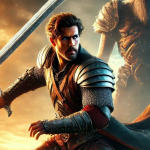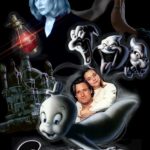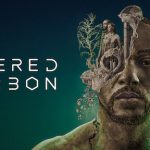The Lord of the Rings: The Rings of Power (2022) – An Epic Prequel to Tolkien’s Universe
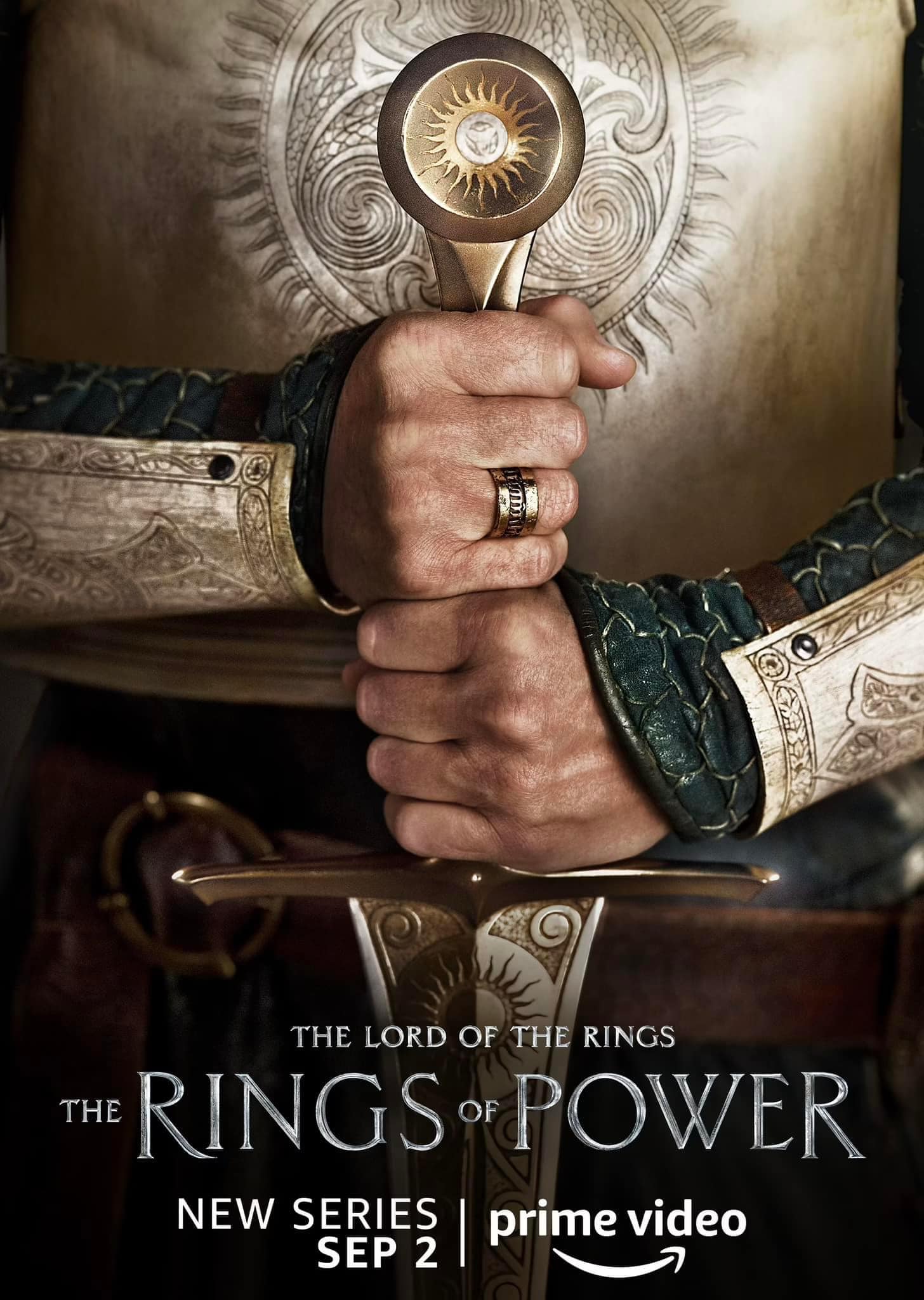
Suggested videos for you:
Suggested videos for you:
Suggested videos for you:
@lovrstify99 Ghost Rider Spirit of Vengeance A Flamin’ Hot Roadkill #movie #movieclip #highlights #moviehighlights #acitonmovie #ghostrider
Suggested videos for you:
@licktowing11 Venom vs. Carnage – The Full Fight Scene! Venom 2 Let There Be Carnage #movie #highlights #moivehighlights #venom #acitonmoive
Amazon Prime Video’s The Lord of the Rings: The Rings of Power (2022) is a groundbreaking high-fantasy series that plunges viewers into the Second Age of Middle-earth, thousands of years before the events of The Lord of the Rings and The Hobbit. Developed by showrunners J.D. Payne and Patrick McKay, the series seeks to explore the rise of the Dark Lord Sauron, the forging of the Rings of Power, and the legendary events that shaped the world Tolkien created.
Setting: The Second Age of Middle-earth
The Rings of Power transports viewers to the Second Age, a period of Middle-earth’s history rarely seen on screen. While The Lord of the Rings films directed by Peter Jackson focused on the Third Age, this series ventures into the ancient past, uncovering stories that have long been a part of Tolkien’s deeper lore. The show chronicles key events that led to Sauron’s eventual downfall, including the forging of the One Ring and the cataclysmic events of the Last Alliance of Elves and Men.

This period in Tolkien’s legendarium is rich with historical significance, and The Rings of Power seeks to fill in the gaps that readers have only glimpsed in works like The Silmarillion and Unfinished Tales. Key locations include Númenor, a human kingdom with advanced culture and influence; Eregion, the realm of the Elves where the Rings of Power are forged; and the rise of the various forces that will shape the fate of Middle-earth for ages to come.
The Forging of the Rings of Power and Sauron’s Deception
At the heart of the series is the creation of the titular Rings of Power, magical artifacts forged by the Elves, which Sauron secretly manipulates to dominate all of Middle-earth. The series delves into the political and personal dynamics among the Elves, Men, and Dwarves, as they are drawn into Sauron’s web of deception. The forging of the Rings will be a central element, revealing how Sauron used the Rings to corrupt and control the kings of Men and the leaders of other races.
The show carefully crafts the growing threat of Sauron, who initially appears in a more deceptive, fair form, using subtlety and manipulation to extend his influence over Middle-earth’s leaders.
A New Generation of Characters
The Rings of Power boasts a diverse ensemble cast, bringing to life characters both familiar and new. Some of the key characters and performances include:
- Morfydd Clark as Galadriel: Clark portrays a younger version of the Elven queen, Galadriel, who is on a quest to combat the growing darkness in Middle-earth. Unlike the serene, wise character seen in The Lord of the Rings, this Galadriel is more warrior-like, driven by grief and vengeance.
- Robert Aramayo as Elrond: Elrond, another iconic character from Tolkien’s mythology, is played by Robert Aramayo. In this era, Elrond is a politician and diplomat, striving to secure alliances between the Elves and other races to combat the growing threat of Sauron.
- Owain Arthur as Prince Durin IV: Representing the Dwarves, Owain Arthur portrays Prince Durin IV, a crucial figure in the alliance against Sauron. The Dwarven kingdom of Khazad-dûm (later known as Moria) is at its height during this time, showcasing its grandeur before its eventual fall.
- Ismael Cruz Córdova as Arondir and Nazanin Boniadi as Bronwyn: The series introduces new characters, such as Arondir, a Silvan Elf, and Bronwyn, a human healer, adding layers of romance and tension between the races as the threat of Sauron looms.
The Rise and Fall of Númenor
One of the most anticipated storylines in The Rings of Power is the rise and eventual fall of Númenor, a human kingdom that plays a pivotal role in the Second Age. Númenor is a proud and powerful civilization, granted great knowledge and power by the Valar (Tolkien’s angelic beings). However, as the kingdom rises to great heights, it becomes increasingly corrupted by ambition and the desire for immortality, sowing the seeds of its eventual downfall.
The series explores the politics and inner workings of Númenor, showcasing the island’s grandeur and its eventual descent into hubris, which leads to its catastrophic destruction.
Themes of Power, Corruption, and Heroism
True to the spirit of Tolkien’s work, The Rings of Power delves deeply into themes of power, corruption, and heroism. The series explores how the desire for power can lead to downfall, echoing the fates of Númenor and the kingdoms that succumb to Sauron’s influence. At the same time, it highlights the resilience of hope and heroism, as the Elves, Dwarves, and Men form alliances to resist the coming darkness.
Through characters like Galadriel and Elrond, the series shows the inner conflict between their duty to protect Middle-earth and their personal struggles with loss and loyalty. Sauron’s deception serves as a reminder of how evil can appear beautiful and tempting, often infiltrating the hearts of the unwary.
Production Values and World-Building
The Rings of Power is one of the most expensive television series ever produced, with Amazon reportedly spending around $1 billion on the project. This vast budget is reflected in the series’ production values, which rival major blockbuster films. The stunning landscapes of Middle-earth are brought to life through cutting-edge CGI, breathtaking set design, and epic cinematography, immersing viewers in Tolkien’s meticulously detailed world.
From the majestic elven cities to the depths of Khazad-dûm, the series captures the awe-inspiring scale of Tolkien’s imagination. The costuming, makeup, and visual effects contribute to the authenticity and depth of the world, making The Rings of Power a visual spectacle.
Legacy and Reception
The Rings of Power faced the difficult challenge of living up to the immense legacy of Tolkien’s works and the beloved Jackson film trilogies. While the show drew in mixed reviews from some fans due to its creative liberties, it has been praised for its ambition, world-building, and for bringing new dimensions to Tolkien’s universe. The exploration of Middle-earth’s earlier history, its darker themes, and its deep storytelling create a fresh yet familiar experience for audiences.
The series adds to the ever-expanding lore of The Lord of the Rings, offering new insights into characters and events that shaped the future of Middle-earth, paving the way for the epic stories of Frodo, Aragorn, and the Fellowship of the Ring.
Conclusion
The Lord of the Rings: The Rings of Power (2022) is a stunning return to Middle-earth that captures the grandeur, complexity, and emotional depth of Tolkien’s universe. With its blend of intricate storytelling, compelling characters, and breathtaking visuals, the series reintroduces audiences to a world filled with timeless themes of heroism, temptation, and the battle between good and evil. As viewers journey through the Second Age, they witness the rise of one of the most infamous villains in literary history, setting the stage for the legendary events to come.


